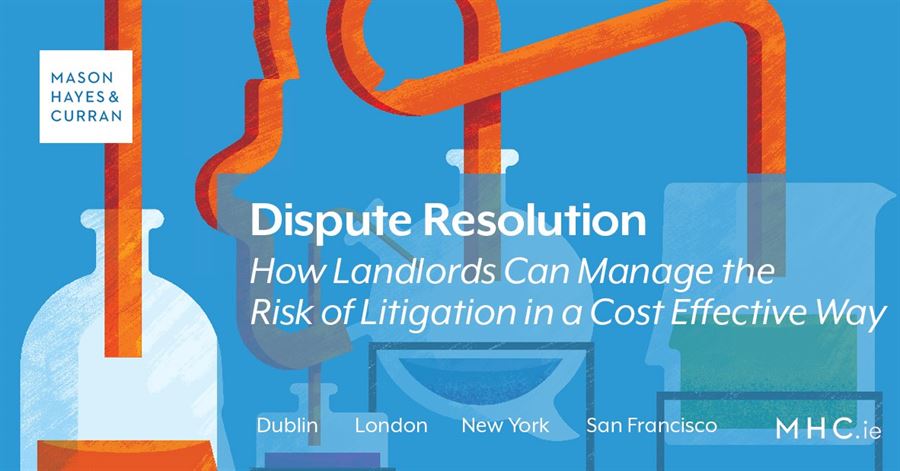
While dealing with arrears of rent is a well-worn path for landlords, where a tenant of a commercial property is in breach of its lease for any reason other than the non-payment of rent, the process is not so straightforward.
First, a landlord is obliged to issue a notice before taking any enforcement action. The purpose of the notice is to identify the breach/breaches and to call on the tenant to remedy them.
The notice procedure is provided for in legislation dating back to 1881. While the legislation is very old, the requirements prescribed by it remain.
The notice must do the following:
-
Specify the breach/breaches complained of
-
Call on the tenant to remedy the breach/breaches if it is capable of being remedied
-
Call on the tenant to compensate the landlord for the breach/breaches
-
Note that in the absence of the breach/breaches being remedied that the lease will be forfeited.
In addition, the landlord must give the tenant a reasonable timeframe to remedy the breach/breaches. What will be considered reasonable will depend on the nature of the breach in each case.![]()
Where a notice relates to multiple breaches it appears that a landlord is free to set out different timeframes to the tenant to remedy each breach.
Depending on the nature of the breach in question, a landlord may need the assistance of an expert, such as an engineer or a planner when drafting the notice. Typically a landlord will lack the expertise to determine what would be a reasonable timeframe for the remedy of a particular breach.
A landlord should not issue a notice in the blind. Ideally a landlord should inspect the demised premises before any notice issues and again on the expiration of the notice before any enforcement step is taken. Regard must be had to the lease and the basis upon which a landlord is entitled to inspect the demised premises.
If challenged, a landlord needs to be able to show the court that the notice was properly issued and enforcement was as a result of the continuing breach.
Where the breach identified in the notice has been remedied it is no longer a valid ground on which the landlord can rely in any enforcement action.
Where the breach identified has not been remedied, there a number of possible enforcement options available to a landlord. A landlord may be able to re-enter the premises or issue proceedings on the expiration of the notice. If relying on the self-help remedy of re-entry in particular, a landlord should be certain that the notice procedure has been followed in all respects.
Where a landlord acts on foot of a defective notice, the tenant may have recourse to the Courts in the form of an application for relief from forfeiture. The case law is clear that where a tenant undertakes to remedy a breach, he/she is likely to be granted relief. The Courts do not favour dispossessing a tenant of a tenancy, particularly where there is a number of years left to run in the term, if the breach can, and will, be remedied. Landlords should also be aware of the risk of a business interruption claim from the tenant along with a possible action for trespass.
Conclusion
When dealing with defaulting commercial tenants, early engagement and following the correct legal steps to escalate matters, where appropriate, can lead to an early resolution either directly with the tenant or place the landlord in the best position to obtain the desired order from the Courts as quickly as possible.
The content of this article is provided for information purposes only and does not constitute legal or other advice.






